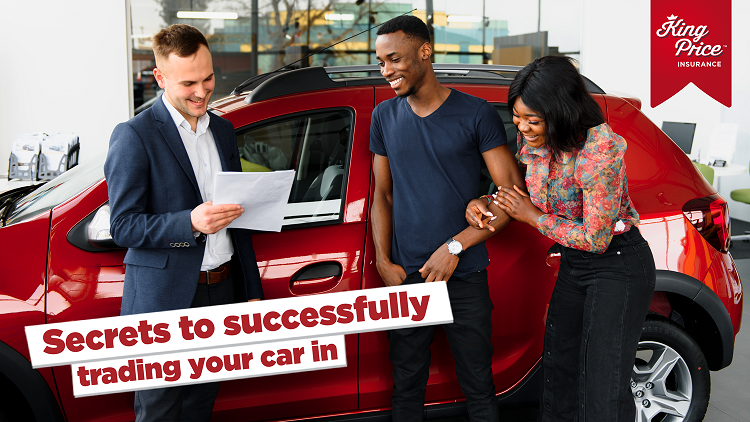Trading in your car is a great way to offload your current wheels in exchange for another, more suitable option. It could be that you need a bigger car for your growing family, a smaller car to run around in, or just something more affordable in general. The way it works is that you take your car to a dealership where they assess it and make you an offer. You use that cash to buy a car from that same dealership (hopefully you went to a dealership with lots of options and spied something that you want to take home beforehand).
Sometimes you’ll have to put more in out of your own pocket or through vehicle finance from the bank. Sometimes it evens out, and there are some rare cases where there’s money left over. It doesn’t happen often, but we can’t say that it’s never happened.
While this brief introduction is sure to have shed some light on the matter, the fact is that the trade-in journey is often misunderstood. To prepare you properly, we’ve put together the top secrets you really need to know when it comes to trading your car in.
The value of your car
The best way to ensure that you get the highest price for your current car is to find out how much it’s worth before you start the journey. To do this, get valuations from a few dealerships. A tip here would be to have your car professionally cleaned (inside and out) and consider repairing small chips and dents. This will help you negotiate a better price.
Separate negotiations
Negotiate the price of your old car separately to the price of the car you want to trade it in for. This isn’t something that happens all the time, but it’s a reality that has to be acknowledged… Basically, some dealers will offer a great price for your old car and then increase the price of the new car in order to ‘hide’ their losses. So it’s far better to keep it to yourself which car you’d like to trade for, and find out first what the dealer will offer for your current car.
A tip here would be to make sure that you visit at least 3 dealerships to get the best offer.
Work out the insurance costs
When you’re choosing a new (or new-to-you) car off the dealer’s lot, it pays to find out how much it’ll cost to insure. This is often the last thing people think about, but it really should be 1 of the first, because a monthly premium adds onto the overall expense of whatever car you decide to buy. Also, if you have to pay more in for the new car, you might need vehicle finance and if that’s the case, then it’s non-negotiable for you to get comprehensive cover as part of your contract with the bank.
Our tip? Once you’ve got 2 or 3 cars that you’re interested in, make sure to phone a reputable car insurance company to find out what each 1 costs to insure. If you don’t know who to get quotes from right now, then click here for a comprehensive car insurance quote that gives you monthly savings by decreasing your premiums. For a little breakdown on how this works, find out more here.
Sort your paperwork out
This is the final secret to trading your car in and it’s so important because this is the tip that relieves you of most of the stress related to this transaction. Essentially, car trade-ins require paperwork to be processed and not having everything that’s needed can cause delays and frustration. (Better to glance at this list and use it to help you get ahead of the game.)
Our main tip is to also call the dealership you’ve decided to trade with and ask for the list beforehand as there may be different documents that they want or don’t want. The list below is just a general guide.
The main documents needed:
Proof of ownership of your current car.
- A bank confirmation letter to confirm the outstanding finance owed on your current car, if any is still owed.
- A roadworthiness certificate from a vehicle testing station.
- Any maintenance and repairs receipts and service history.
- Notification of Change of Ownership (NCO) form to submit to the Department of Transport.
We hope this info helps, and good luck with your trade-in!
Posted in partnership with King Price Insurance




























